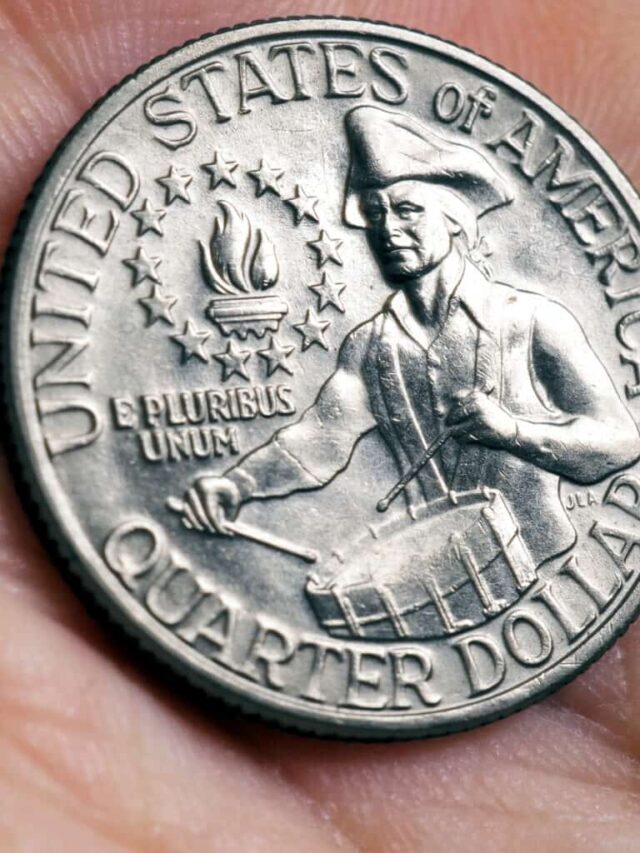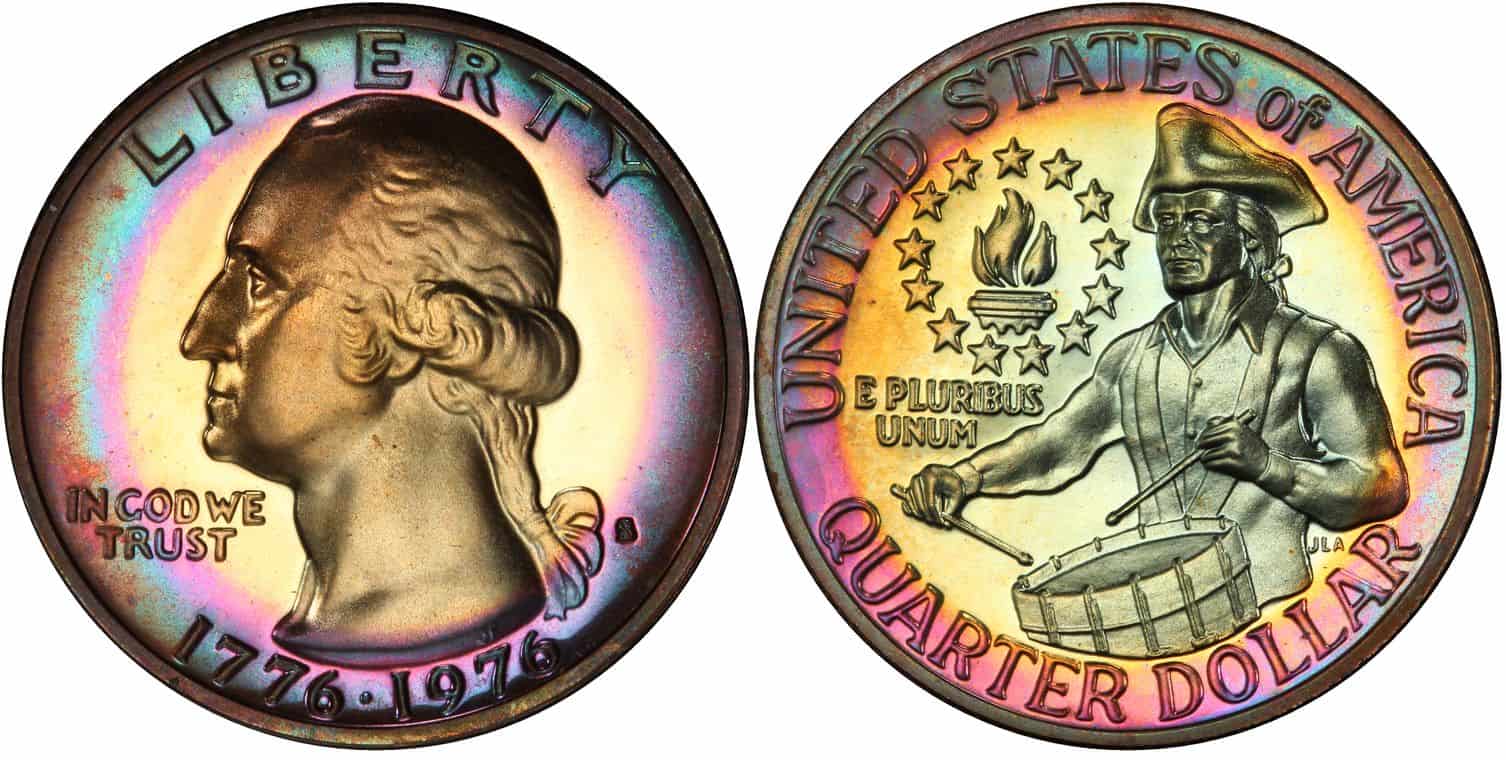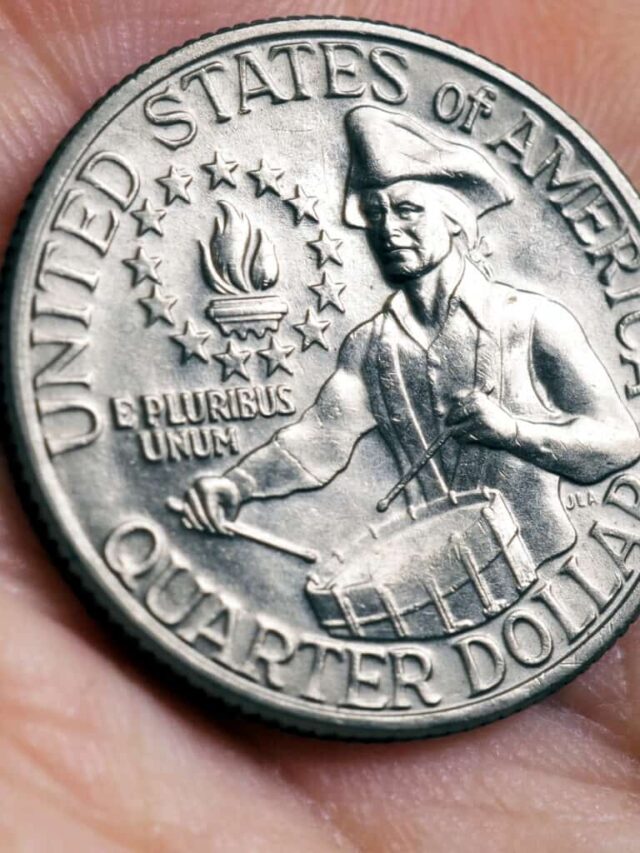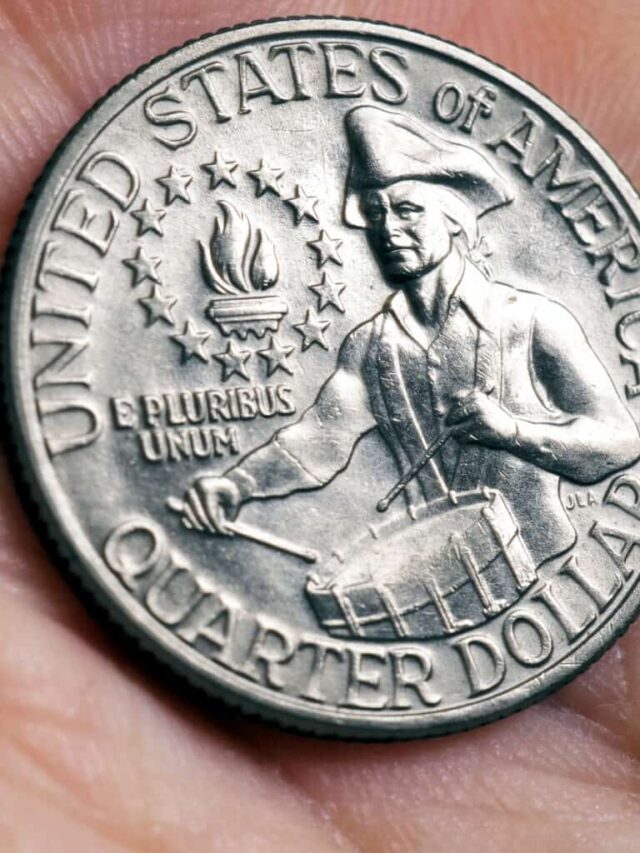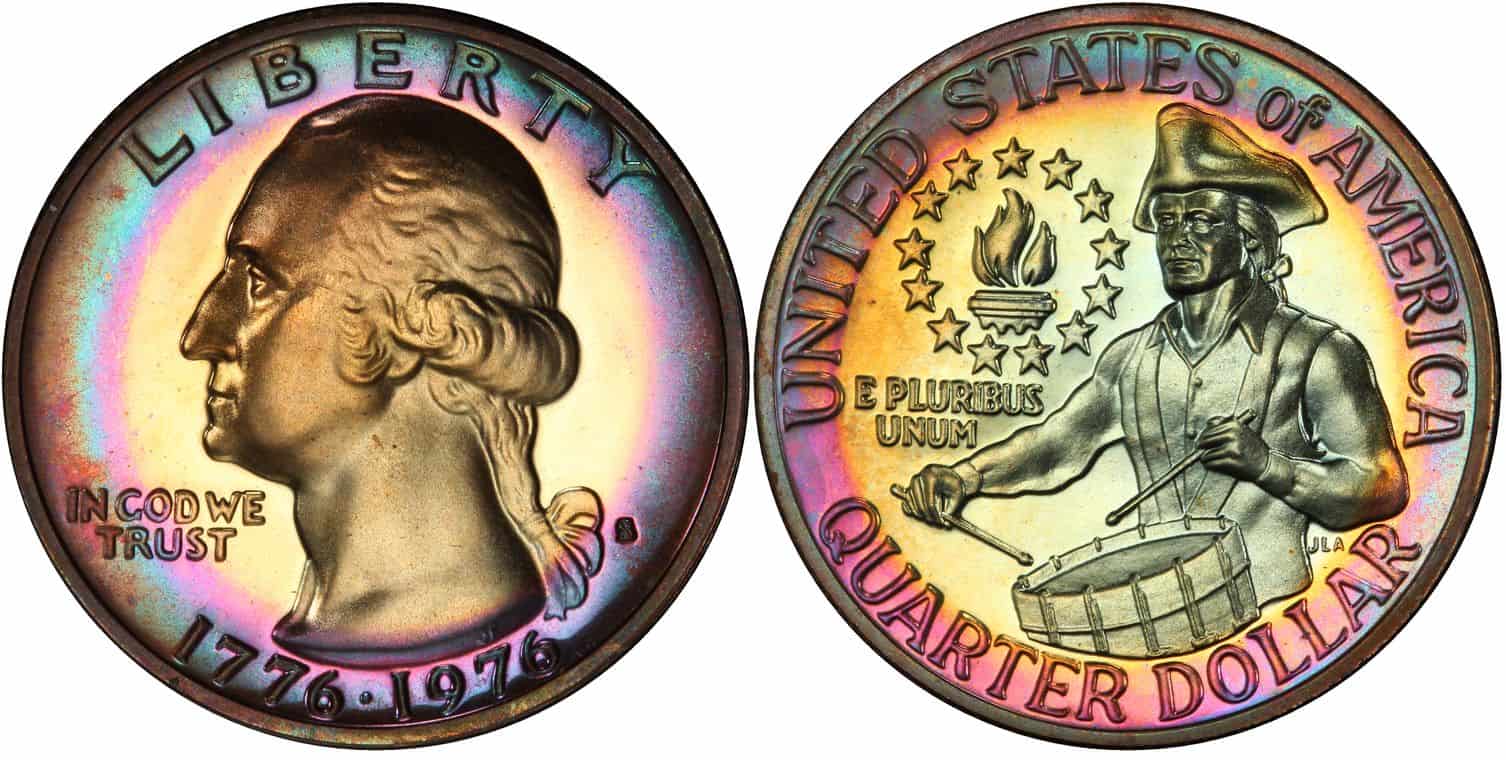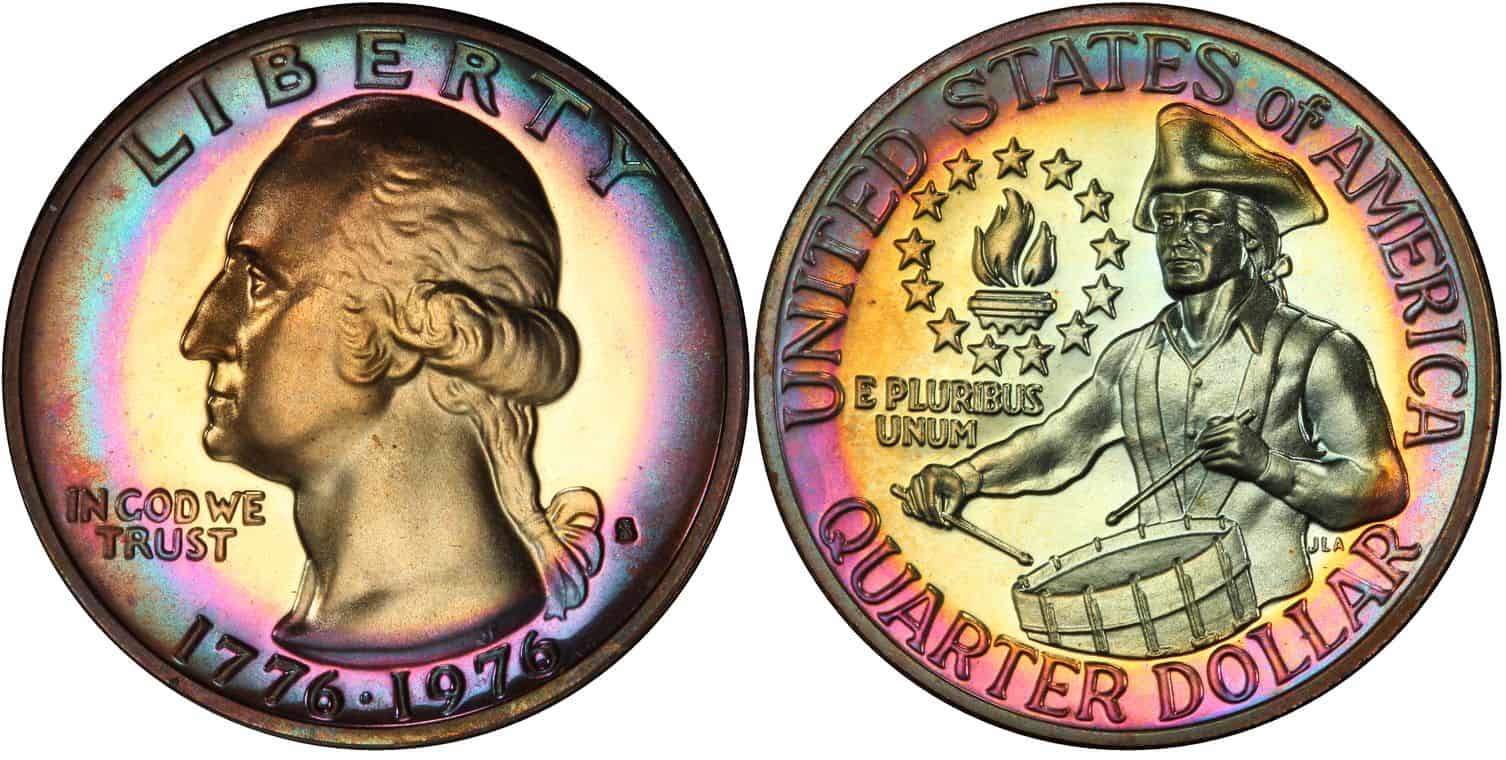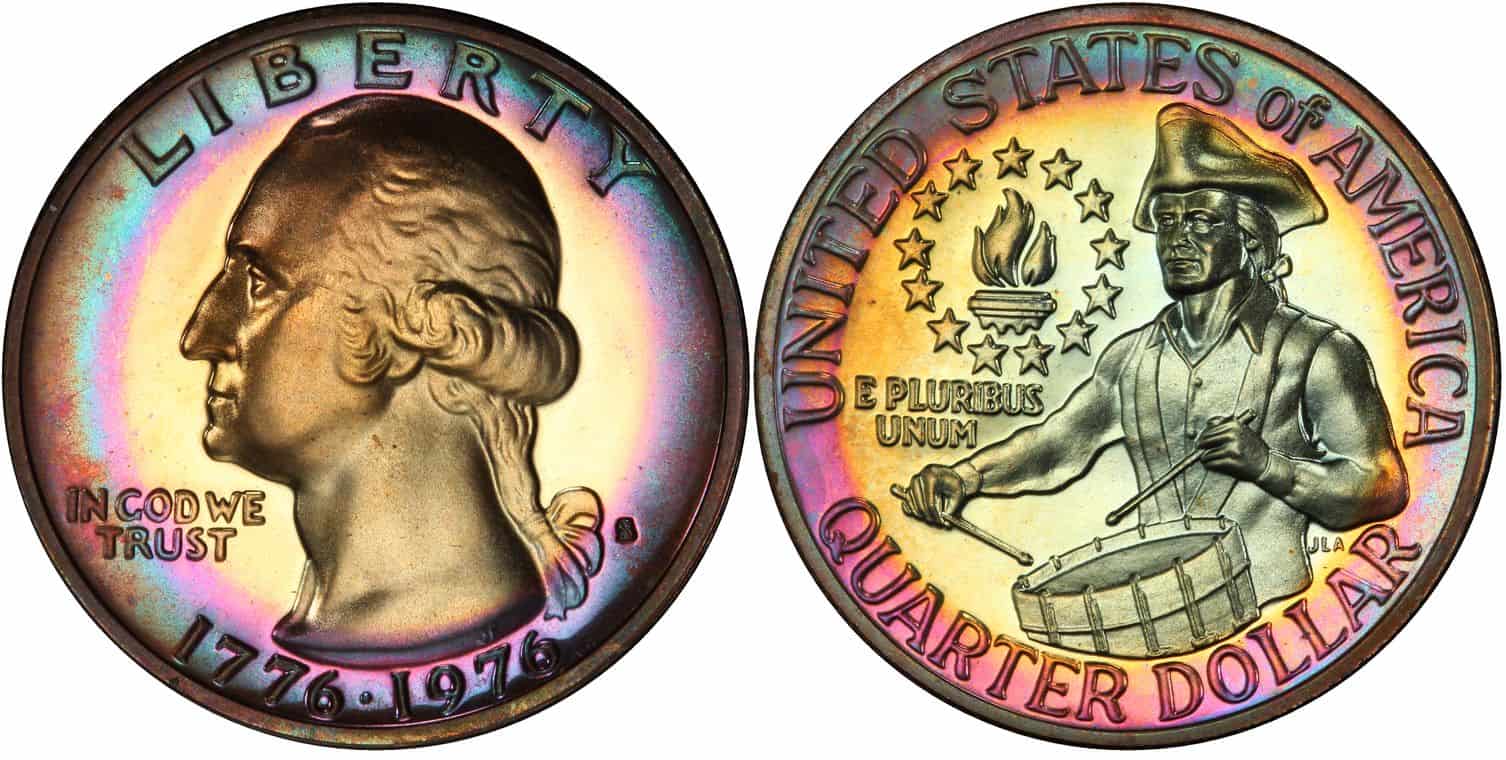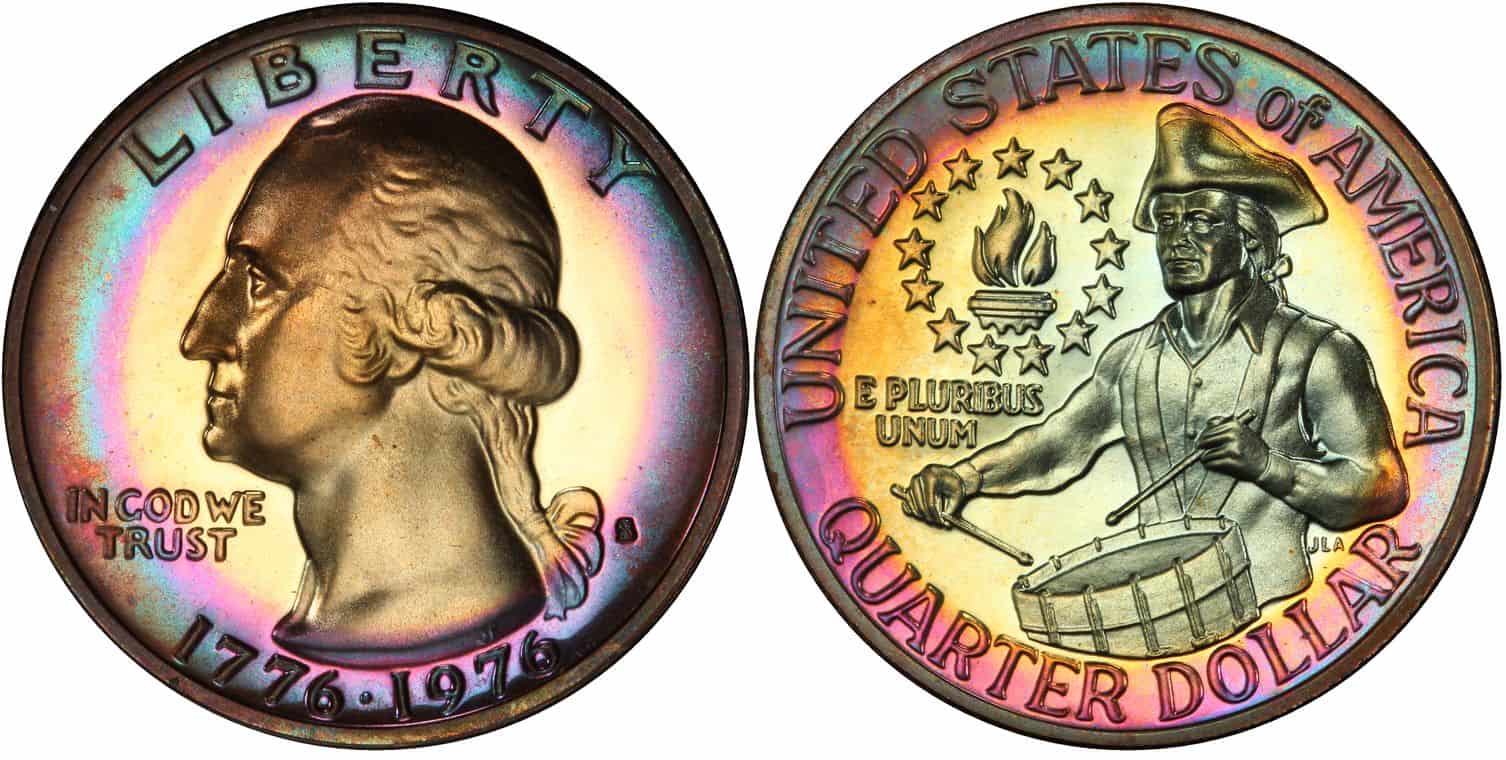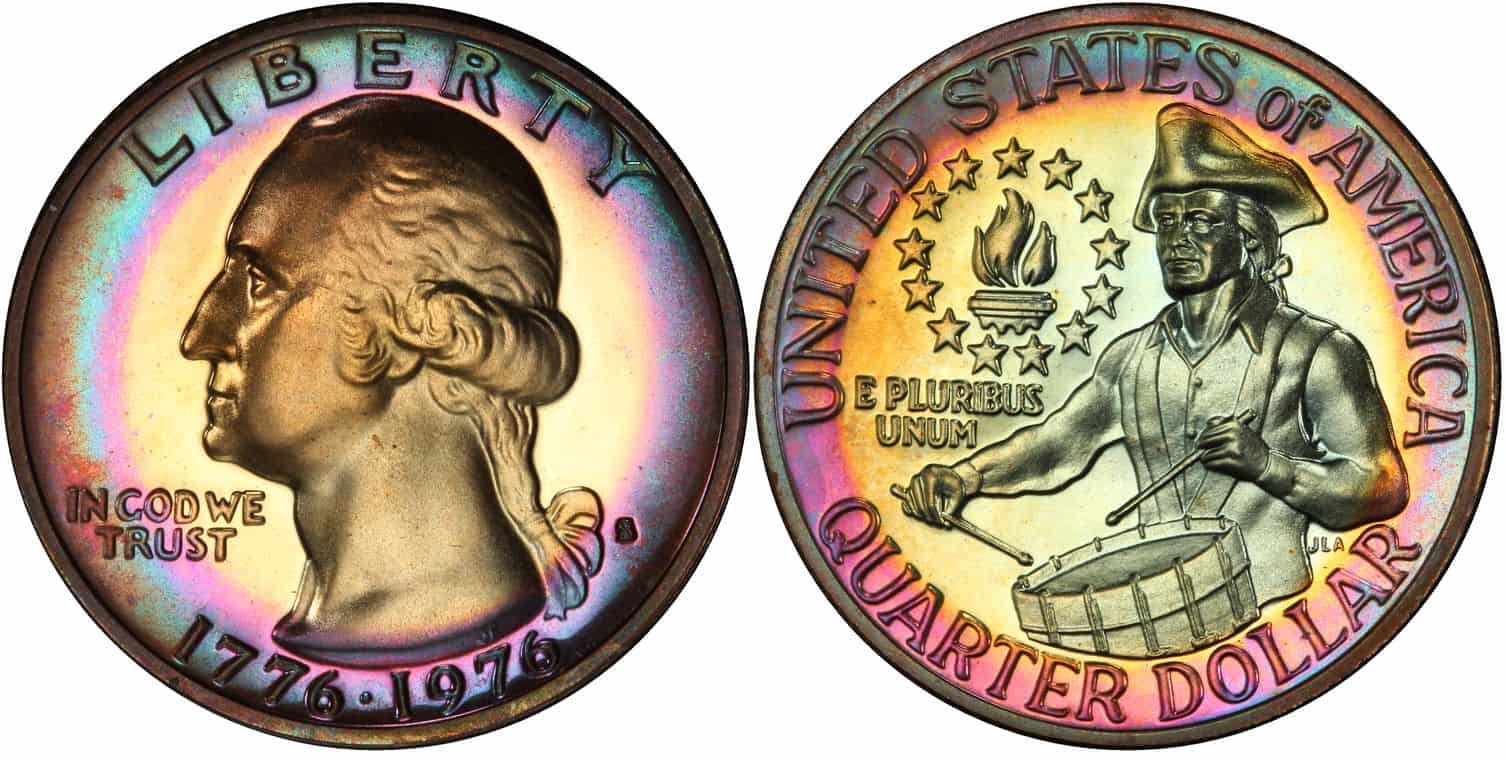The night sky is set to offer a spectacular show tomorrow as a blazing meteor shower is expected to fill the skies with up to 120 shooting stars an hour. This celestial event is a must-see for astronomy enthusiasts and casual stargazers alike. Here’s everything you need to know about this breathtaking display, from the best viewing times to the science behind the spectacle.
1. What is Causing the Meteor Shower?
At the heart of this meteor shower is a comet that, over centuries, has left a trail of debris along its orbit. As Earth passes through this debris field, particles enter our atmosphere at high speeds and burn up, creating the brilliant streaks of light we see as shooting stars. This particular shower is known for its intensity and the brightness of the meteors, making it one of the most anticipated astronomical events of the year. The comet responsible for this shower has a long history of observation, and its debris field is particularly dense, leading to the high number of meteors expected.
2. Best Time to Watch
The meteor shower will peak in the late hours of the night and into the early morning. For the best experience, viewers should find a dark spot away from city lights and look towards the radiant point in the sky from which the meteors will appear to originate. The hours just before dawn are typically the best time to see the highest number of meteors. However, shooting stars may be visible as early as dusk, so those who can’t stay up late won’t necessarily miss out on the spectacle.
3. Viewing Conditions
The viewing conditions for this meteor shower are expected to be exceptional due to the new moon phase, ensuring that the skies will be dark and the stars, especially the shooting stars, will be highly visible. Weather conditions across many parts of the world are forecasted to be clear, offering unobstructed views of this astronomical event. However, viewers should check local weather forecasts and seek out areas with minimal light pollution for the best viewing experience.
4. How to Photograph the Meteor Shower
For those interested in capturing this celestial event, a few tips can help make the most of the photography experience. Use a tripod to stabilize your camera, set a long exposure, and use a wide aperture to capture as much light as possible. A remote shutter release can also help prevent camera shake during long exposures. Photographing meteors requires patience and a bit of luck, but the effort can result in some truly stunning images.
5. The Science Behind the Spectacle

Understanding the science behind meteor showers adds an extra layer of appreciation to the viewing experience. Meteors are caused by tiny specks of comet debris burning up in Earth’s atmosphere. The speed at which these particles enter the atmosphere, combined with their composition, contributes to the brightness and color of the meteors. This particular shower is known for producing a high number of bright, fast-moving meteors, making it a favorite among astronomers and stargazers.
6. What to Bring for the Best Experience
To fully enjoy the meteor shower, it’s important to come prepared. Bring a blanket or a comfortable chair, as you’ll be looking up for an extended period. Dress warmly, especially if you’re in a cooler climate, and consider bringing hot drinks to stay warm. Binoculars are not necessary, as meteors are best seen with the naked eye, allowing you to take in the full expanse of the sky.
Other Stories You May Like
Conclusion
Tomorrow’s meteor shower promises to be a dazzling display of nature’s beauty, with up to 120 shooting stars lighting up the sky each hour. Whether you’re an avid astronomer or just looking for a unique way to spend an evening, this meteor shower offers a perfect opportunity to witness one of the universe’s most stunning phenomena. So, find a dark spot, look up, and enjoy the show.


